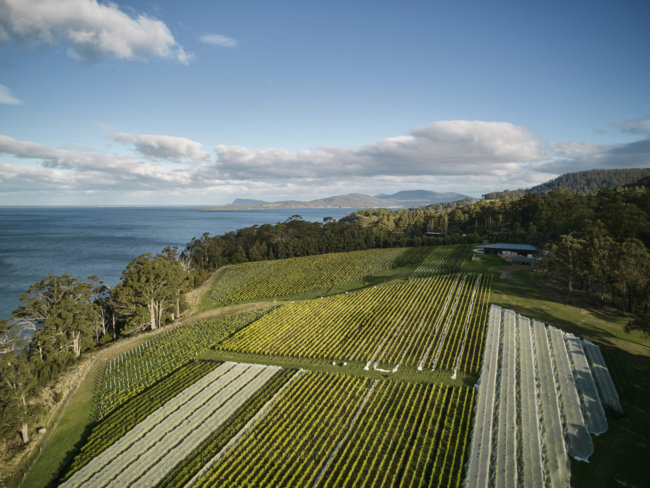Stargazer – Palisander Vineyard, Tasmania
Palisandar vineyard, in Tasmania’s Coal River Valley, was originally planted with 1-hectare of pinot noir and riesling vines in 2004, and later purchased by Samantha Connew – the talented winemaker behind the Stargazer label. Since then, Connew expanded the plantings to 5-hectares with the addition of chardonnay, gamay, pinot blanc, pinot gris, and gewurztraminer. The viticulture is managed by Bryn Williams with a holistic approach rather than simply a grape monoculture – providing economic sustainability as well as biodiversity. Palisandar stands out for its depth of pinot noir and chardonnay clones, and unique focus on producing Alsatian blends.










